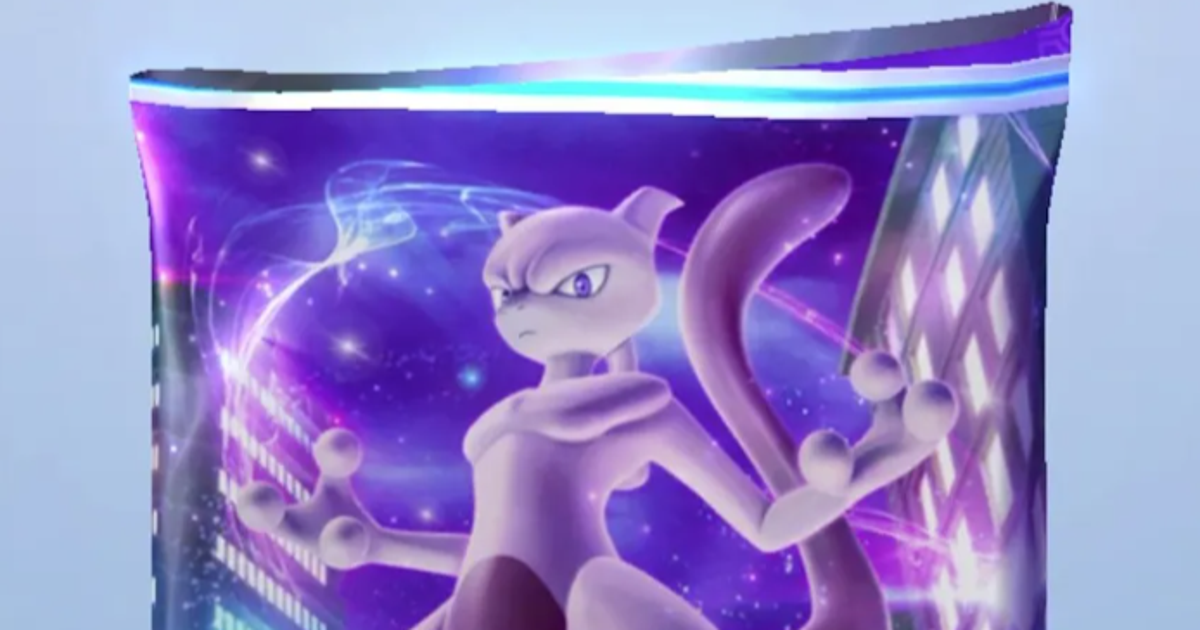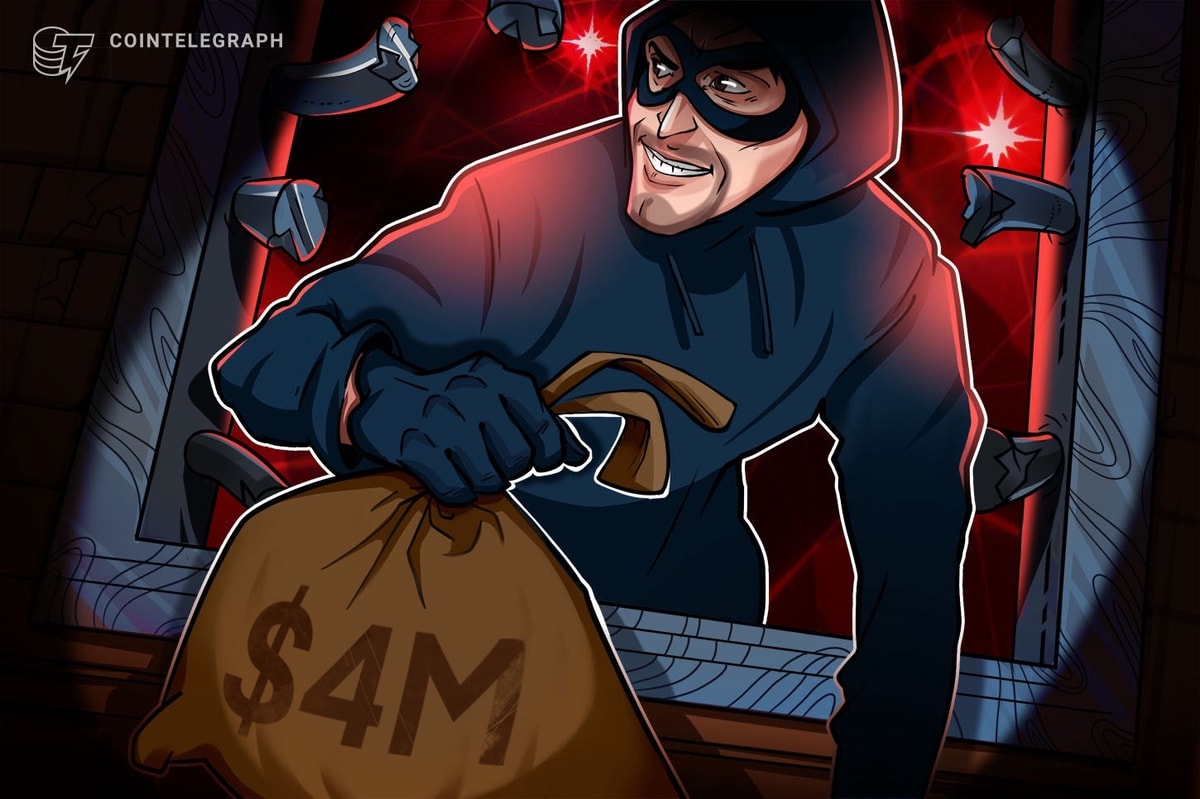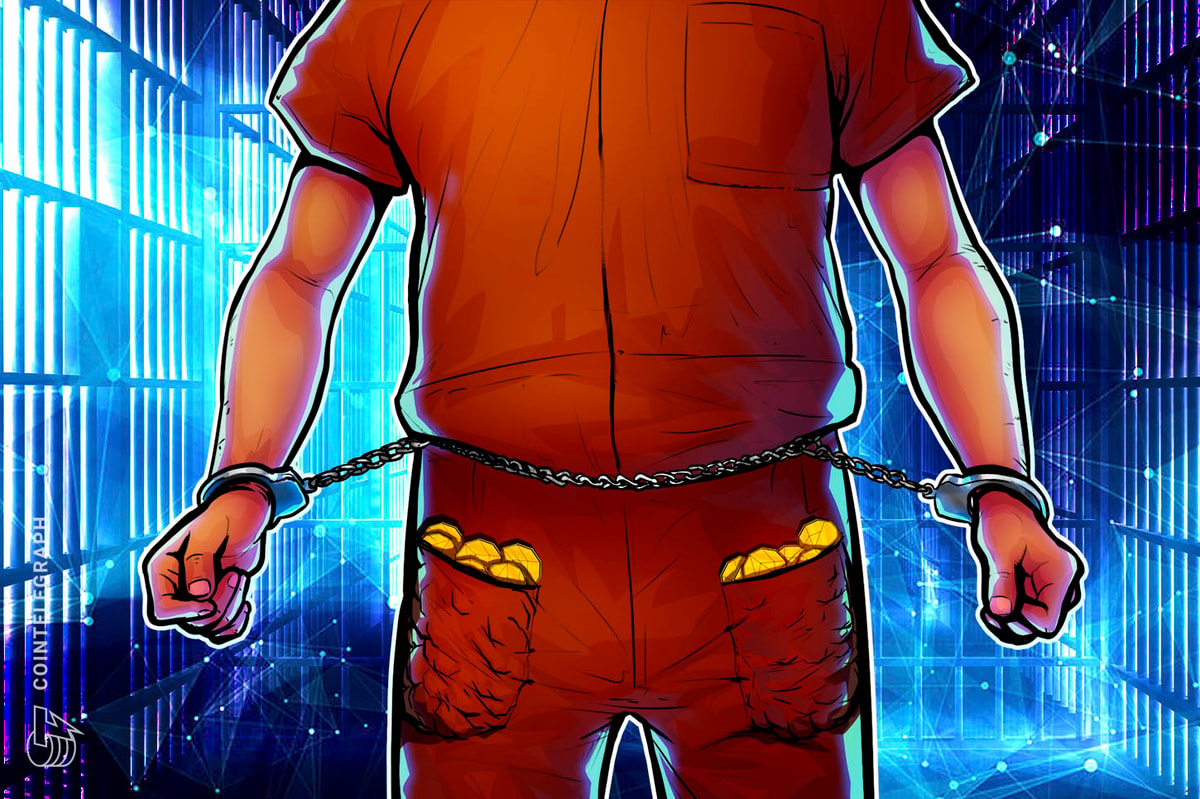Many fans of tabletop miniatures gaming feel as though the largest franchises in the space have, sadly, lost their edge. Mordheim co-designer Tuomas Pirinen counts himself among their number. “It’s very homogenous,” he told Polygon in a recent video interview. “When I was a kid growing up, [there were] all these different artists with their own strong styles that you could immediately tell apart. I would like to bring that back.” That is why he partnered with prolific concept artist Michael Franchina, an influential voice in the creation of the modern Diablo universe. Their new game is called Trench Crusade, and you can play it right now.
Trench Crusade is a miniatures skirmish game, a style of wargame that only requires a handful of figures to play. It enters a marketplace suddenly crowded with top-tier competition, including Warhammer 40,000: Kill Team, Star Wars: Shatterpoint, and Infinity, among many others. But rather than featuring another set of up-armored science fiction space bois with their serial numbers filed off, Franchina’s high-concept art takes the action in a completely different direction. This is a game about the style of warfare that evolved during World War I, but with a wild alternate history that begins in 1096, during the First Crusade.
At time of publication the highly anticipated project has more than 14,700 followers on Kickstarter, a hard-earned cohort of fans that have been patiently waiting years for Franchina’s full vision to finally take shape. The project launches today, and Polygon had the opportunity to sit down with the team behind it and learn about the host of other artists involved, including the legendary Games Workshop art director John Blanche.
“Essentially it’s [...] World War I with demons,” Franchina said. “Eight-hundred years ago, during the First Crusade, the Templars entered Jerusalem. [...] In some secret vaults below the city, they uncover some kind of [...] demonic artifact, and they’re tempted by this thing. They open a portal to Hell, and all these demons burst forth.” What follows is an unending war for the fate of the entire planet, one that draws in human combatants from all the major faiths. “A Crusade against the demons,” Franchina said, “[with] trenches, and tanks, and weird monstrosities and everything.”
Drawing from his decades-long career of design work, Pirinen told Polygon that the quick-start version of the rules, which is currently available for download at no charge, is just two pages long. The crowdfunding campaign will blow it out into a full-sized, 220-page book packed with slick new art — as well as several unique gameplay innovations.
The most interesting feature, Pirinen said, is the game’s turn order. Traditionally, skirmish miniatures games have a very strict structure to each round — players move their pieces in turn, then take their shots, then move into melee, and so on. Trench Crusade is much more free-form.
“There are obviously some limitations depending on how heavy your weapon is and whatnot,” Pirinen said. “But you can dash, then shoot; charge, [and then] you can jump from a high place; shoot, then dash into cover to get out of the way. And depending what actions you have, there are lots of other options.”
Some options, he added, are riskier than others. Often one bad roll of the dice can seal a soldier’s fate.
“Otherwise you would always take every action,” Pirinen said. “If you fail a risky action, that’s the activation [of that individual miniature] over and it goes over to your opponent. So [the] more you push your luck the more you can do. But, of course [...] if you fail it, you are out in the open, and if you miss, the other guy has a clean shot at you.”
A big part of the energy that already surrounds Trench Crusade comes from Franchina’s wild concept art, which he’s carefully curated from his collection of notes and personal illustrations over the past decade. The game will include six disparate factions at launch, and more than 60 miniatures will be available through the crowdfunding campaign — both as physical products and as digital STL files. Moreover, players are encouraged to make their own distinct sub-factions through modeling, painting, and more. It’s in these customized figures and factions where Franchina and Pirinen truly see Trench Crusade taking off.




1/4Image: Stéphane Nguyen/Factory Fortress
“The kit-bashing, the conversions, the building your own terrain,” Pirinen said, “that is missing from the hobby right now. It’s very produced now: You buy every single piece of terrain, you buy the models as they are. [...] I think as you squeeze the hobbies out of the creativity sphere in tabletop, it’s like clay. The more you squeeze, the more escapes through your fingers.”
Meet the first six factions, described by their creators, to get inspired for what’s to come.
“The first faction I designed was the Trench Pilgrims,” Franchina said. “That was the sort of catalyst for the whole world. [...] They’re not professional soldiers. They’re bands of fanatics, really. They see it as their religious duty to go to the front lines of the Trench Crusade and fight against the demons.”
“Those are the human mortals that have sided with the demons,” Franchina said. “They have pretty good technology, and they have a lot of interesting warriors.”
“They’re [behind the] big artillery,” Pirinen added, “which have become the mascots of the whole game.”
The Cult of the Black Grail
“This is another sort of demon faction where they worship Beelzebub,” Franchina said. “He’s the Lord of Flies, and he spreads disease, so you have a lot of rotten-type characters and big hulking masses of rotting flesh fused with cannons and guns.”
The Court of the Seven Headed Hydra
“Imagine servants of the actual demons in hell,” Franchina said. “They’re not as strong as a pure demon would be, but they’re their weaker servants. When they’re on Earth [...] they’re way stronger than a human. Even the weakest demon is really strong compared to a human.”
“In our lore, when hell invaded the Earth, the great iron wall that’s prophesized in actual Quran appeared,” Pirinen said. “A call was sent for all the Islamic civilizations to come and to be safe behind the iron wall. So they made a great pilgrimage, and they hold the Eastern flank [against the demons]. They are pretty pissed off about what the Templars did, but they are co-belligerents because they obviously are still going to take the side of the humans in the war.”
The Principality of New Antioch
“Old Antioch was destroyed by a demon weapon, but the faithful never gave up their positions there,” Pirinen said. “So this has become the focal point of defense against Hell’s encroachment in the world, and every single other Christian nation on Earth sends tithe and soldiers and weapons and the food to supply New Antioch, which is the most important fortress of the Christian faith. And it’s right there next to the heretic lands.”
Obviously, making a modern wargame using the world’s major religions as the source material is not without significant risk, but both men feel as though they have good partnerships in place to keep things on the rails. Pirinen says he counts several Catholic and Islamic scholars among his playtesters. But ultimately it will be on the community itself to moderate this content in the wild.
“I think most people just kind of get it,” Franchina said. “Everyone just has fun coming up with their own weird warband and there hasn’t really been a lot of people, I don’t think, trying to make some super-offensive warband or anything — at least that I’ve seen. So I think most people are just pretty chill when it comes to that stuff.”




1/4Antitank Mercenary — Image: Mike Franchina
The pair is also working without a net when it comes to the digital nature of their creation. The rules are currently available for free online, and backers will have the option of having their miniatures delivered as either physical objects or as digital files suited for 3D printing. The expectation, Pirinen said, is that fans will be cool about not committing widespread acts of piracy.
“We want people to get playing the game, is the thing,” Pirinen said. “We reckon that the people who want to support us, they don’t want to pirate us. [...] We had this dream that people can play the game with our miniatures [but] you are free to use any miniatures you want.”
“The book is for the people who want the lore [and] the nice art,” he added. “But the game can be played today, so you don’t have to wait for the book to print.”
Should the crowdfunding campaign go exceptionally well, the men say, they plan to add even more art to the mix. Several high-profile collaborators are already attached to the project; Chief among them is the legendary Blanche, who in the 1980s cast the die for the look and feel of many influential fantasy franchises — including Warhammer 40,000.
“Me and John worked six years together [at Games Workshop],” Pirinen said. “He just happened to retire [...] and he just said, ‘Yeah. I’m going to draw stuff [for you].’ John is like a force of nature. You don’t tell him [what to do]. He’s also about the most senior fantasy artist alive in the world today in sci-fi, so you just let him go.”
Other artists include another Games Workshop veteran in Dave Gallagher, fantasy artist Paul Bonner, Valin Mattheis, Serbian artist Artem Demura, illustrator and tattoo artist Martin McCoy, and Moritz Krebs.
The campaign for Trench Crusade runs now through the end of November, with delivery of the earliest digital files expected before the holiday season.

 6 days ago
6
6 days ago
6
















 English (US) ·
English (US) ·